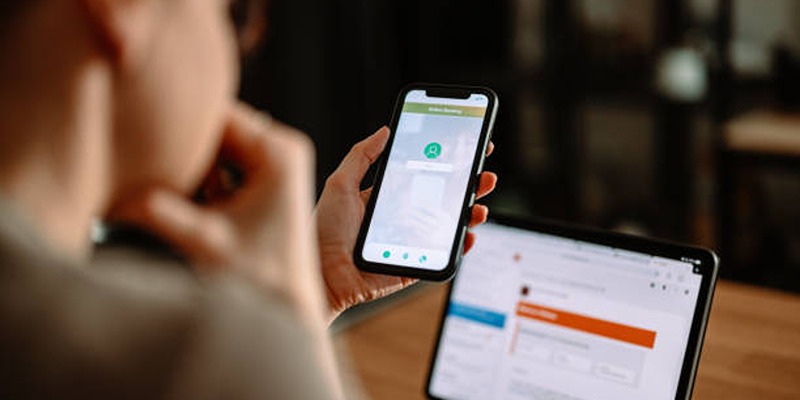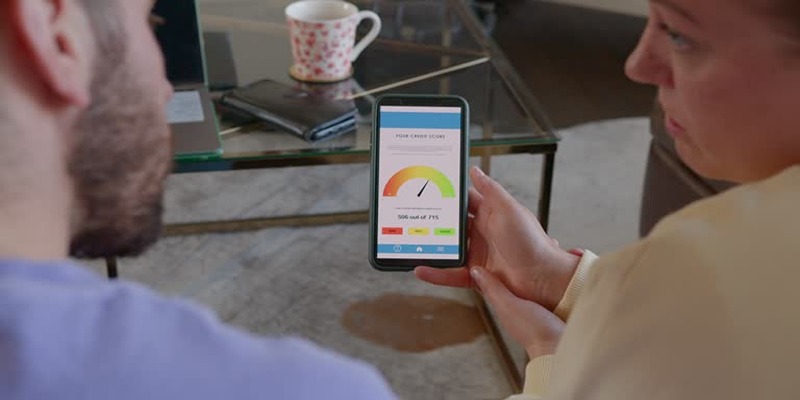How to Prevent Neck Strain When Using a Tablet Computer: Expert Advice
While tablets are handy for communication, entertainment, and business, they strain your neck. Have you ever experienced a stiff neck or persistent pain after long use of your tablet? One typical problem resulting from bad posture and extended screen time is leaning forward or bending over a tablet to increase the effort of your neck muscles supporting your head, causing long-term strain. It need not be this way.
With a few basic adjustments, your tablet will be comfortably used, and neck aches will be avoided. This guide provides four useful strategies to help avoid neck discomfort. These pointers center on maintaining proper posture, scheduling breaks, using supporting accessories, and watching your screen usage. Let's look at how you might enjoy your tablet without compromising the state of your neck.
 ’
’
Useful Tips For Preventing Neck Strain
Below are the practical tips to help you prevent neck strain when using a tablet computer, ensuring long-term comfort and health:
Maintain Proper Posture
Neck strain can be greatly avoided by good posture; bad posture, like hunches, strains your neck. First, settle onto a chair with appropriate back support. Maintaining a straight spine, relax your shoulders. Your head should line up with your shoulders; it shouldn't slink forward. To keep from staring down, hold your iPad at eye level; long stretches of staring down a screen tax your neck muscles. If your arms grow weary, stand or prop the tablet up. Change the screen's tilt to lower glare and promote correct posture. Avoid laying the tablet flat on your stomach or chest if you lie down. To raise the gadget to eye level, instead use pillows. Over time, proper posture will help you lower your risk of pain or discomfort.
Take Frequent Breaks
Even with appropriate posture, long tablet usage can cause neck pain. One has to take regular breaks. Set a timer to remind yourself to stop every twenty to thirty minutes. Get moving, stand up, and stretch during breaks. It eases the strain on your shoulders and neck. Neck stretches are especially beneficial. Tilt your head side to side, forward and backward slowly. To relax tension, gently roll your neck.
Additionally, simple shoulder rolls relieve muscle tension. Rest your eyes also during these pauses. Turn away from the TV and concentrate on a far-off item. It lessens eye strain, which sometimes goes along with neck pain. Regular breaks are a simple but effective approach to avoiding strain from extended tablet use.
Use Ergonomic Accessories
Purchasing ergonomic accessories can make tablet use more pleasant. One really good choice is a tablet stand or holder. These instruments help your gadget to be at eye level, lessening the neck tilt requirement. Customizing the angle for your demand is made possible by adjustable stands. If you type often on your tablet, consider investing in an outside keyboard. It helps your wrists and hands to be more naturally aligned. Moreover, a keyboard might help you keep a better posture when typing. If you would rather hold the tablet, apply a grip aid. These let the gadget's weight be distributed equally, relieving strain on your neck and arms. Cushioned lap desks are handy when utilizing a tablet, seated, or lying down.
Exercise Awareness of Screen Time
Too much screen time can aggravate neck pain and other health problems. Use your tablet sparingly, particularly during leisure time. Combine screen-based pursuits with other interests or work. Use your tablet with awareness of your posture and position. Even if it seems good initially, avoid spending extended time in one posture. Note any discomfort and, as necessary, change your position or arrangement. Add exercises strengthening your upper back and neck to your regimen. Targeted stretches, swimming, and yoga increase muscle strength and flexibility. One is more suited to manage tablet use without strain if one has a stronger neck. Your screen behavior will help you to minimize the effect of tablet use on the condition of your neck.

The Importance of Good Neck Health
Comfortable living and general well-being depend on maintaining a healthy neck condition. The head weighs roughly 10 to 12 pounds, and the neck supports it. When you lean forward to view a tablet screen, your neck muscles must carry extra weight. Long-term problems such as headaches, persistent neck discomfort, strain, and tension might follow.
Good neck alignment supports good posture, ensuring your spine stays straight and balanced. Good neck health also enhances mobility and lowers the likelihood of developing disorders, including a frequent issue brought on by extended screen use: text neck. Ignoring neck health can affect your way of life. Reduced productivity, poor concentration, and trouble sleeping could all follow from chronic neck pain.
How To Reduce Screen Time Effect?
Make little changes to help your neck and general health be less affected by screen time. Every twenty minutes, spend twenty seconds staring at someplace twenty feet away. It eases neck and eye strain. Take little breaks every 30 minutes and limit daily tablet use to one to two hours. It is your opportunity to stand, stretch, and move about.
Plan daily time free from devices to concentrate on non-screen pursuits such as reading a book or working out. Your neck and eyes can then relax. To help with eye pain, turn on blue light filters on your tablet or cover your screen. Finally, change the arrangement of your workstation. Maintaining a healthy posture means keeping your tablet at eye level. These little adjustments will assist your long-term health, aid in lowering stress, and guard your neck.
Conclusion:
Ultimately, avoiding neck pain from tablet use calls for awareness of posture, breaks, accessories, and screen habits. Making a big difference is keeping good alignment, getting regular breaks, using ergonomic gear, and being aware of screen time. Giving your neck health a priority today guarantees long-term comfort and helps avoid chronic problems. Little tweaks like keeping your gadget at eye level or getting up to stretch might make a big difference. These behaviors will help you enjoy your tablet comfortably without sacrificing the condition of your neck, guaranteeing a better, pain-free experience for many years to come.












